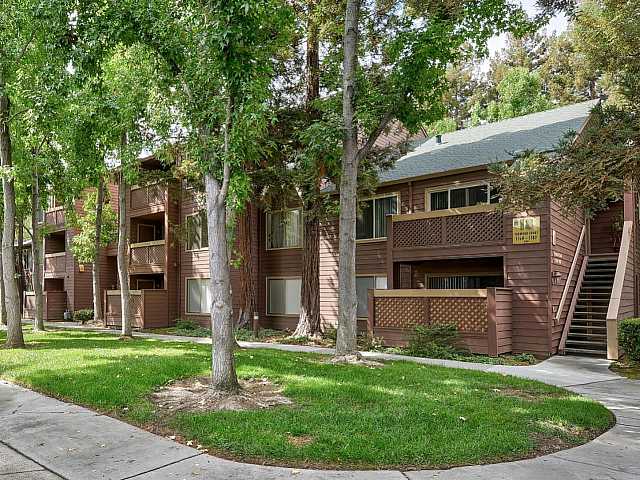Condominium (also known as “condo”) conversion refers to the conversion of multi-family rental units from a single owner to for-sale units with individual owners. While conversion from rental to ownership can provide opportunities for homeownership, it also poses a threat to the affordable rental housing stock within jurisdictions. Units most at risk for conversion are:
- Unrestricted affordable housing (sometimes called “Naturally Occurring Affordable Housing”, or NOAH): tends to be smaller, older buildings with long-term, lower- and moderate-income tenants.
- Rent controlled units: Under the Ellis Act, owners of rent controlled units are allowed to exit the market and convert their building to another use, or to transition from the rental market to the ownership market and sell units as condos.
- Affordable rental units with expiring affordability restrictions often face high risk of conversion to for sale properties upon expiration of the affordability requirements.
Santa Clara County continues to under produce housing, especially forms that are affordable to low-income families. Conversion of existing affordable rental units diminishes the already limited housing available for many households.
Cities can enact condominium conversion ordinances to prevent conversion of existing units and/or help minimize the impacts to tenants and the overall affordable housing stock. Traditionally, cities rely on subjective standards that must demonstrate that the conversion would “not adversely impact the community’s ability to provide housing for all economic segments of the community.” As most cities struggle to maintain an adequate list of existing housing stock, it would be challenging to make a substantive judgement based on this requirement. Condo conversions are subject to the Subdivision Map Act, which requires entitlement by the city to subdivide the airspace into individual ownership units. While some objective standards already exist, cities should consider even stricter standards to prevent conversions.
Current policies in place regarding Condo Conversions in Santa Clara County include:
- Utilize the rental vacancy rate as a metric to determine eligibility, generally 5% or higher in the city.
- Right of first refusal- provide opportunity for tenants to purchase their unit at market rate.
- Relocation or purchase assistance: varies depending on city, some require the developer to establish a detailed relocation assistance plan, others have some general guidelines that are similar to what is seen in relocation assistance for just-cause eviction.
- Require that tenants approve of the conversion (for example, 2/3 of the tenants consent to conversion or more than 50% of tenants plan on purchase unit). The intent of an ordinance is to decrease displacement, allowing people to stay in their homes but conversion still impacts the rental to ownership ratio in the community.
- Noticing: tenant receives notice of the proposed conversion well in advance of public hearings for the required entitlement.
Most cities within Santa Clara County have been proactive in establishing Condo Conversion Ordinances. While condo conversions have not been a major phenomenon in recent years, current ordinances have been in place for some time and could be updated to increase protection for tenants.
While cities need to produce significant numbers of both rental and for sale housing units, increasing ownership capacity should not be at the expense of existing rental units that are often more affordable, covered by the Ellis Act, or expiring deed restricted affordable units.

